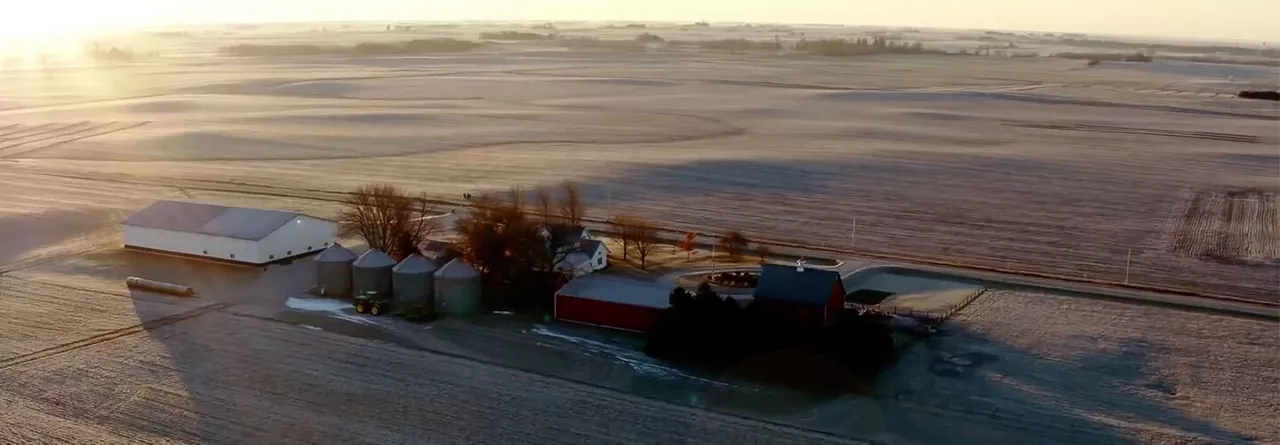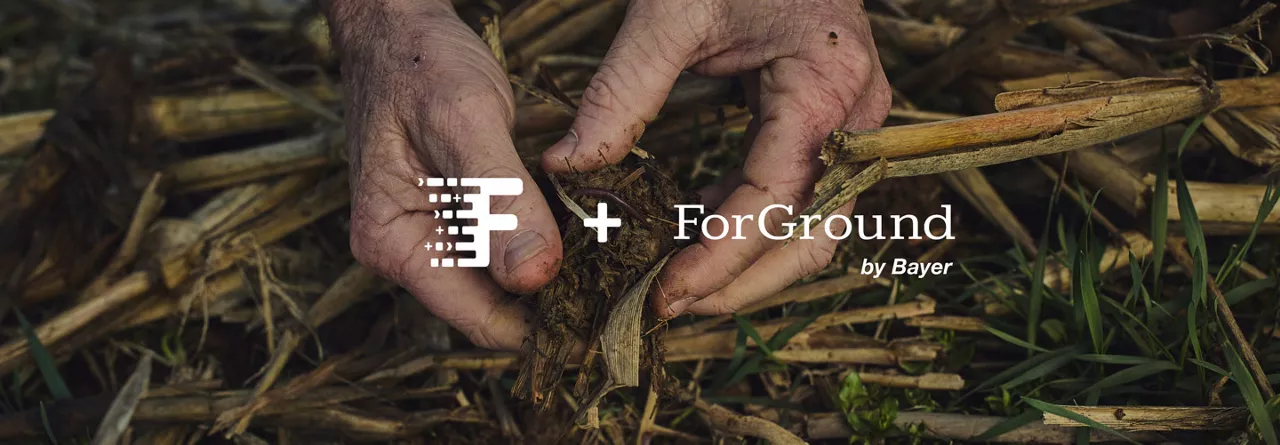
A Successful Spring Starts in the Winter: A Planning Season Checklist
Every good plan starts with a checklist. Here are some to-dos we recommend checking off for a productive planning season.
Here’s a look at how FieldView and ForGround by Bayer work hand-in-hand to help growers tap into potential revenue streams from carbon farming.

Post-harvest is one of the most valuable times of the year for farmers, and one of the best times to look for new profit opportunities—namely, through Bayer’s carbon program. Here’s a look at how FieldView and ForGround by Bayer work hand-in-hand to help growers tap into potential revenue streams from carbon farming.

During the busy harvest season, it can be tough to find time to sit down and explore what's available, especially when you're in the thick of fieldwork and day-to-day tasks. The window of time after harvest and before planting season, when the ground is cold and the days are short, gives farmers the chance to step back, look around, and learn about revenue streams they might not have had time to focus on before.
Whether it's attending in-person events, webinars, or reading up on articles, there’s no shortage of information out there to help farmers get ahead.
I always encourage farmers to take that time to explore what’s going on in the industry—there are some really great opportunities out there, especially when it comes to exploring no-till and cover crop practices that can improve soil health and long-term productivity.

Being able to capitalize on market demands for regenerative ag practices relies heavily on farm data. This data helps model things like how much carbon is being sequestered in the soil, which is influenced by factors like crop type, yield, soil conditions, rainfall, and more. Our ForGround by Bayer program utilizes soil samples and advanced biogeochemical models to measure how much carbon is being stored in your fields, and accurate data is crucial for this process. This is where FieldView comes in.
The more you can use digital systems like FieldView, the easier and more accurate the process becomes.
Instead of relying on handwritten notes or elevator receipts, FieldView lets you automatically track machine data, making it easier to capture yields, manage inputs, and submit the necessary information for carbon programs. Having that data organized and ready to go means farmers can participate in these programs with minimal hassle—and it saves time in the long run.

Post-harvest is a time to celebrate all the hard work that went into the past year and reflect on what worked, what didn’t and what could. It’s also the perfect time to get ahead. By taking the time to learn about programs like ForGround, you can set your operation up for success in the coming year while uncovering new ways to boost profitability. And with the right tools like FieldView, the whole process becomes a lot easier.
At Bayer, we’re committed to helping to create a future where farmers can not only thrive but also play a key role in addressing global environmental challenges. I’m excited to continue working with growers as we navigate this journey together, and I encourage anyone who is curious to visit BayerForGround.com and explore what’s possible.